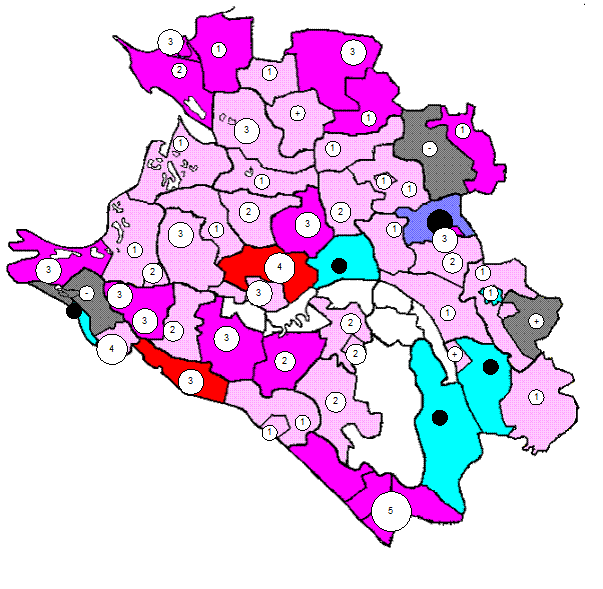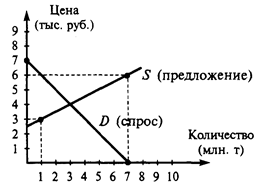Method group conversions
An implicit conversion (§6.1) exists from a method group (§7.1) to a compatible delegate type. Given a delegate type D and an expression E that is classified as a method group, an implicit conversion exists from E to D if E contains at least one method that is applicable in its normal form (§7.5.3.1) to an argument list constructed by use of the parameter types and modifiers of D, as described in the following. The compile-time application of a conversion from a method group E to a delegate type D is described in the following. Note that the existence of an implicit conversion from E to D does not guarantee that the compile-time application of the conversion will succeed without error. · A single method M is selected corresponding to a method invocation (§7.6.5.1) of the form E(A), with the following modifications: o The argument list A is a list of expressions, each classified as a variable and with the type and modifier (ref or out) of the corresponding parameter in the formal-parameter-list of D. o The candidate methods considered are only those methods that are applicable in their normal form (§7.5.3.1), not those applicable only in their expanded form. · If the algorithm of §7.6.5.1 produces an error, then a compile-time error occurs. Otherwise the algorithm produces a single best method M having the same number of parameters as D and the conversion is considered to exist. · The selected method M must be compatible (§15.2) with the delegate type D, or otherwise, a compile-time error occurs. · If the selected method M is an instance method, the instance expression associated with E determines the target object of the delegate. · If the selected method M is an extension method which is denoted by means of a member access on an instance expression, that instance expression determines the target object of the delegate. · The result of the conversion is a value of type D, namely a newly created delegate that refers to the selected method and target object. Note that this process can lead to the creation of a delegate to an extension method, if the algorithm of §7.6.5.1 fails to find an instance method but succeeds in processing the invocation of E(A) as an extension method invocation (§7.6.5.2). A delegate thus created captures the extension method as well as its first argument. The following example demonstrates method group conversions: delegate string D1(object o); delegate object D2(string s); delegate object D3(); delegate string D4(object o, params object[] a); delegate string D5(int i); class Test static void G() { } The assignment to d1 implicitly converts the method group F to a value of type D1. The assignment to d2 shows how it is possible to create a delegate to a method that has less derived (contra-variant) parameter types and a more derived (covariant) return type. The assignment to d3 shows how no conversion exists if the method is not applicable. The assignment to d4 shows how the method must be applicable in its normal form. The assignment to d5 shows how parameter and return types of the delegate and method are allowed to differ only for reference types. As with all other implicit and explicit conversions, the cast operator can be used to explicitly perform a method group conversion. Thus, the example object obj = new EventHandler(myDialog.OkClick); could instead be written object obj = (EventHandler)myDialog.OkClick; Method groups may influence overload resolution, and participate in type inference. See §7.5 for further details. The run-time evaluation of a method group conversion proceeds as follows: · If the method selected at compile-time is an instance method, or it is an extension method which is accessed as an instance method, the target object of the delegate is determined from the instance expression associated with E: o The instance expression is evaluated. If this evaluation causes an exception, no further steps are executed. o If the instance expression is of a reference-type, the value computed by the instance expression becomes the target object. If the selected method is an instance method and the target object is null, a System.NullReferenceException is thrown and no further steps are executed. o If the instance expression is of a value-type, a boxing operation (§4.3.1) is performed to convert the value to an object, and this object becomes the target object. · Otherwise the selected method is part of a static method call, and the target object of the delegate is null. · A new instance of the delegate type D is allocated. If there is not enough memory available to allocate the new instance, a System.OutOfMemoryException is thrown and no further steps are executed. · The new delegate instance is initialized with a reference to the method that was determined at compile-time and a reference to the target object computed above.
|




